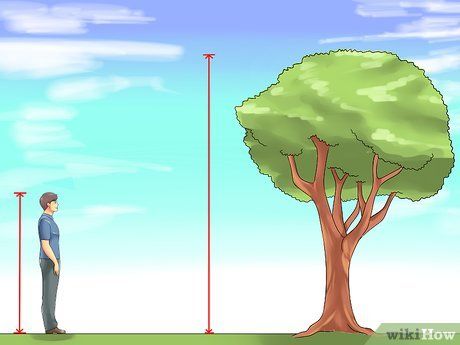To me, a task should be challenging and thought-provoking, fun yet clear and concise. Tasks should help students develop their critical thinking while supporting them and acknowledging that there will be mistakes throughout the process. A task shouldn't be seen as daunting but rather as an opportunity for growth and practice.

I believe that in Mathematics, tasks are what make a difference on whether the teacher is able to engage their students in the content or not. When a task is thoughtful, engaging and the students feel a connection to it then it makes the entire topic be a successful learning period.

An example of a task that I really enjoyed when I was in one of my high school math classes was about finding the height of a tall object using our own height, our shadow, and the shadow of the object we were trying to measure. This task was done when we were reviewing ratios and proportions. If I were to do this task with my own students I would begin by asking them to think about ways in which we could measure the height of a tree, or a building if we didn't have anything other than a 30 cm ruler, a pen and paper? How could we use our current knowledge of ratios and proportion and a ruler to figure out the height of a very tall object? After students had discussed these questions either in pairs, groups or as a class, I would introduce the assignment which will specify that students must work in pairs or groups of three to figure out the height of a tree/building/flag pole/etc and the only materials that they can use are the resources that they already have written in their notebooks on the topic of ratio and proportional similarities, a ruler, pen, pencil, a calculator if needed, and their own shadow. Then the students would be taken outside to work on this activity until they figure out the height of the object with the help of their peers, their notes, and their teacher. Finally, when all students are back in the class then they'll answer some questions first on a worksheet then having a class discussion. What was the most difficult part of this activity? How did ratios and proportions help you figure out the height of the ____? How do you think we could use this concept in other real-world situations? etc.

I truly think this is a rich task because it promotes the students' critical thinking skills as well as challenges them enough while still being fun and interesting to work through. It incorporates an activity that involves the required topic as well as has questions that help the students understand the meaning and value of the content learned in the class.
